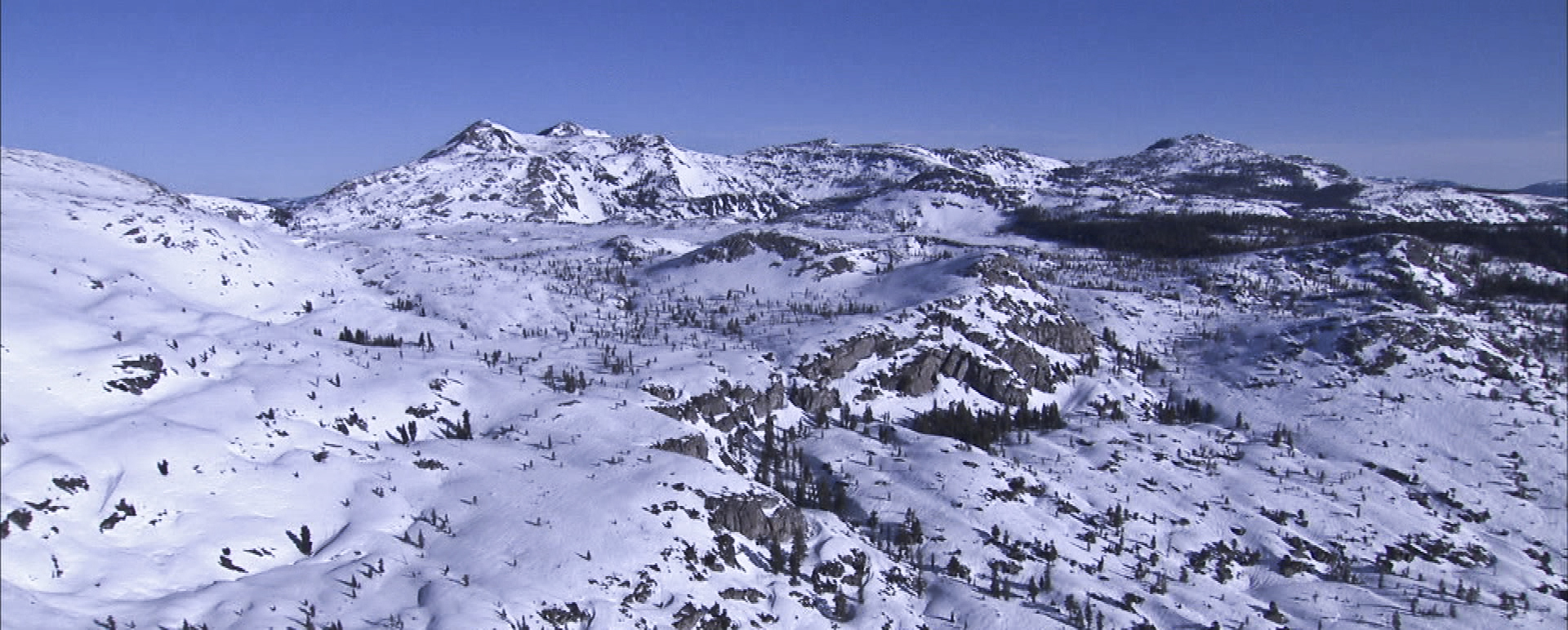Global S&T Development Trend Analysis Platform of Resources and Environment
| Winters Becoming Shorter in Mountainous Western U.S. | |
| admin | |
| 2018-12-12 | |
| 发布年 | 2018 |
| 语种 | 英语 |
| 国家 | 美国 |
| 领域 | 资源环境 |
| 正文(英文) |  Winters are still coming, but they’re becoming increasingly shorter, say the findings of one researcher at Scripps Institution of Oceanography at the University of California San Diego. Looking at snowpack data from 1982 through 2017, researcher Amato Evan found that winters are becoming shorter in mountainous regions. While he found no trend in declining snowfall, his research shows that the snow is disappearing earlier in the year, which could have implications for state water management and wildfire activity. The study was published December 12, 2018 in the Journal of Applied Meteorology and Climatology and presented at the American Geophysical Union Fall Meeting in Washington, D.C. States in the western U.S. rely heavily on snowfall and snowpack for water. As snowpack melts, it fills reservoirs, which provide the states with an increasingly vital resource for drinking water and agriculture. Changing melt times could result in earlier reservoir fillings and possible overflows if not managed correctly, and could change the timing of wildfire seasons. This is particularly important for California, the most agriculturally-diverse state in the country and which experienced the worst wildfires on record in 2017 and 2018. Evan analyzed data collected from a network of over 400 snow telemetry sensors across the western U.S. These sensors act like large pillows, filled with antifreeze, that compress and expand as snow falls and melts, measuring the weight of the snowpack throughout the season. He took these observations and developed a mathematical expression that allowed him to cut through the noise of day-to-day ups and downs in snowpack and identify trends in how snowpack varies over the course of a season. “The data used in this study are highly accurate but also very noisy, in that there are a lot of ups and downs with changes in daily and yearly weather,” said Evan. “Part of the challenge was developing a robust method to tease out the signal in these data that is due to the longer term effects of climate change.” Evan found two key changes in mountain snowpack that were consistent across the western U.S.. The first is that winters are essentially being “squeezed” from both sides–by expanding fall and spring seasons–thus becoming shorter. The second has to do with changes in snowpack by elevation. At higher elevations, snowpack is expected to gradually increase and then steeply decline once winter storms end and spring begins. However, he revealed that higher elevations are showing snowpack characteristics normally found at lower mountain altitudes, with a gradual build up and gradual decline, which means less snow and earlier melt times. This result has been shown in climate model simulations, but this study is the first time it has been observed. His findings are consistent with numerous other methods of measuring changes in the seasons, such as standard snow depth measurements made on April 1 of every year, and studies that look at changes in stream flows in western U.S. rivers. However, his method was novel in its approach to look at snowpack over the entire season. “The power of this work was the ability to examine how and why snowpack is changing throughout the year,” said Evan. “In terms of freshwater in the West, the total amount of snow we receive during the year is important, but how long into the spring that snow stays frozen up in the mountains is also critical.” This research was supported by funding from the Climate Program Office at the National Oceanic and Atmospheric Administration. |
| URL | 查看原文 |
| 来源平台 | Scripps Institution of Oceanography |
| 文献类型 | 新闻 |
| 条目标识符 | http://119.78.100.173/C666/handle/2XK7JSWQ/107722 |
| 专题 | 资源环境科学 |
| 推荐引用方式 GB/T 7714 | admin. Winters Becoming Shorter in Mountainous Western U.S.. 2018. |
| 条目包含的文件 | 条目无相关文件。 | |||||
| 个性服务 |
| 推荐该条目 |
| 保存到收藏夹 |
| 查看访问统计 |
| 导出为Endnote文件 |
| 谷歌学术 |
| 谷歌学术中相似的文章 |
| [admin]的文章 |
| 百度学术 |
| 百度学术中相似的文章 |
| [admin]的文章 |
| 必应学术 |
| 必应学术中相似的文章 |
| [admin]的文章 |
| 相关权益政策 |
| 暂无数据 |
| 收藏/分享 |
除非特别说明,本系统中所有内容都受版权保护,并保留所有权利。
修改评论